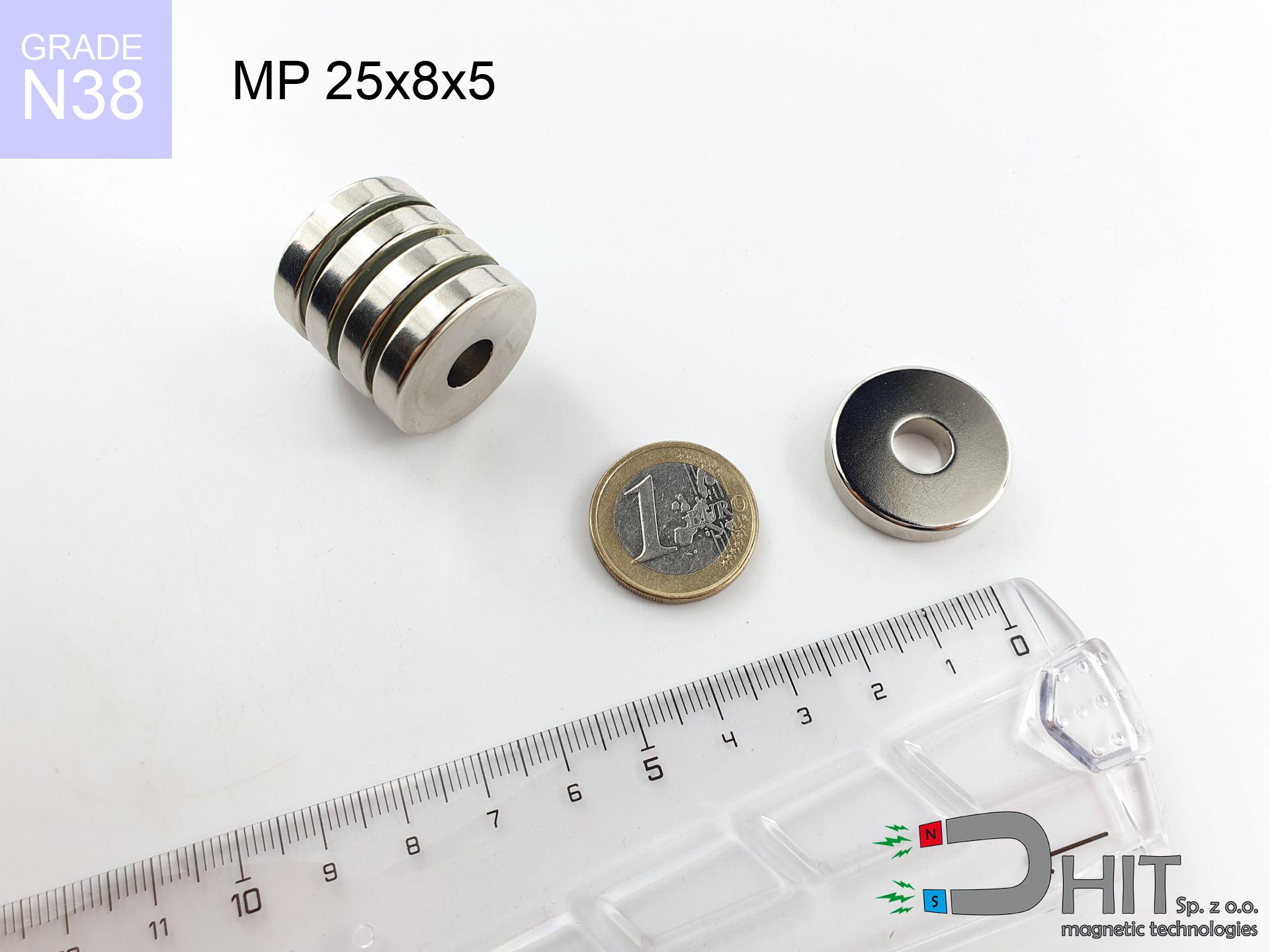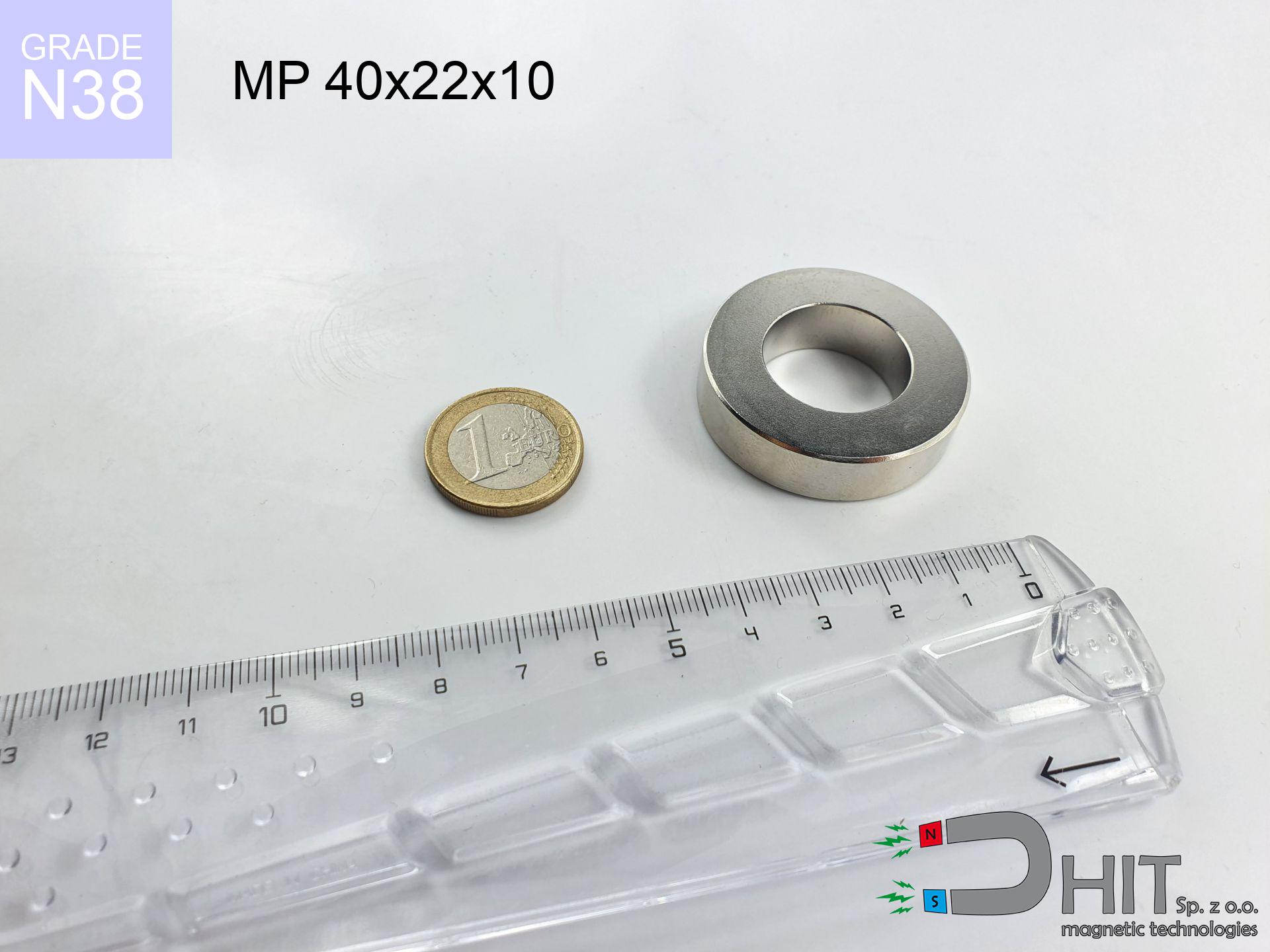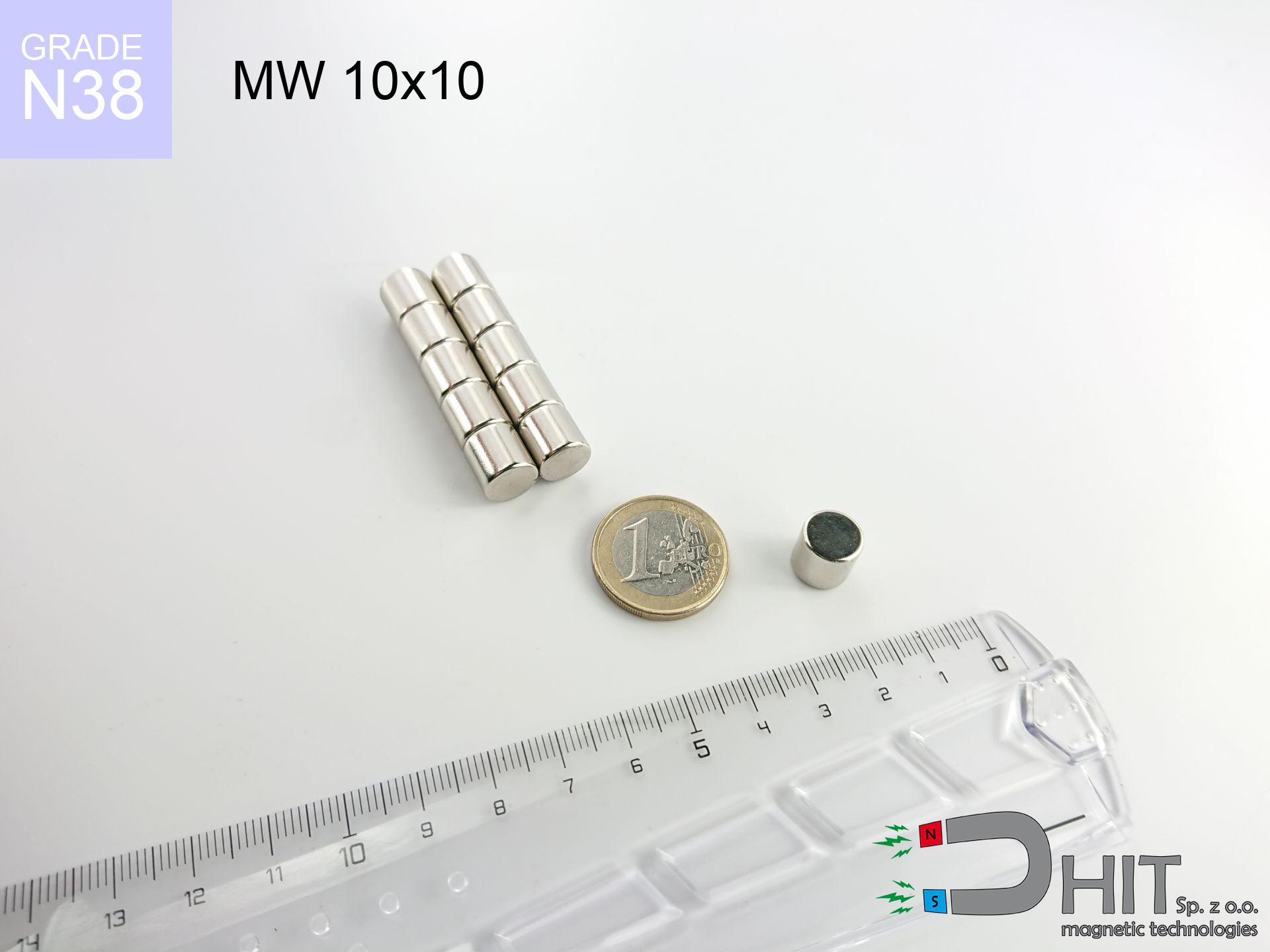RM R7 SUPER - 13000 Gs / N52 - magnetic distributor
magnetic distributor
Catalog no 280399
GTIN/EAN: 5906301814481
Weight
366 g
Magnetization Direction
↑ axial
Coating
[NiCuNi] Nickel
160.00 ZŁ with VAT / pcs + price for transport
130.08 ZŁ net + 23% VAT / pcs
bulk discounts:
Need more?
Give us a call
+48 888 99 98 98
otherwise get in touch via
inquiry form
the contact section.
Weight along with structure of magnets can be calculated with our
our magnetic calculator.
Orders submitted before 14:00 will be dispatched today!
Technical of the product - RM R7 SUPER - 13000 Gs / N52 - magnetic distributor
Specification / characteristics - RM R7 SUPER - 13000 Gs / N52 - magnetic distributor
| properties | values |
|---|---|
| Cat. no. | 280399 |
| GTIN/EAN | 5906301814481 |
| Production/Distribution | Dhit sp. z o.o. |
| Country of origin | Poland / China / Germany |
| Customs code | 85059029 |
| Weight | 366 g |
| Magnetization Direction | ↑ axial |
| Coating | [NiCuNi] Nickel |
| Manufacturing Tolerance | ±1 mm |
Magnetic properties of material N52
| properties | values | units |
|---|---|---|
| remenance Br [min. - max.] ? | 14.2-14.7 | kGs |
| remenance Br [min. - max.] ? | 1420-1470 | mT |
| coercivity bHc ? | 10.8-12.5 | kOe |
| coercivity bHc ? | 860-995 | kA/m |
| actual internal force iHc | ≥ 12 | kOe |
| actual internal force iHc | ≥ 955 | kA/m |
| energy density [min. - max.] ? | 48-53 | BH max MGOe |
| energy density [min. - max.] ? | 380-422 | BH max KJ/m |
| max. temperature ? | ≤ 80 | °C |
Physical properties of sintered neodymium magnets Nd2Fe14B at 20°C
| properties | values | units |
|---|---|---|
| Vickers hardness | ≥550 | Hv |
| Density | ≥7.4 | g/cm3 |
| Curie Temperature TC | 312 - 380 | °C |
| Curie Temperature TF | 593 - 716 | °F |
| Specific resistance | 150 | μΩ⋅cm |
| Bending strength | 250 | MPa |
| Compressive strength | 1000~1100 | MPa |
| Thermal expansion parallel (∥) to orientation (M) | (3-4) x 10-6 | °C-1 |
| Thermal expansion perpendicular (⊥) to orientation (M) | -(1-3) x 10-6 | °C-1 |
| Young's modulus | 1.7 x 104 | kg/mm² |
Chemical composition
| iron (Fe) | 64% – 68% |
| neodymium (Nd) | 29% – 32% |
| boron (B) | 1.1% – 1.2% |
| dysprosium (Dy) | 0.5% – 2.0% |
| coating (Ni-Cu-Ni) | < 0.05% |
Environmental data
| recyclability (EoL) | 100% |
| recycled raw materials | ~10% (pre-cons) |
| carbon footprint | low / zredukowany |
| waste code (EWC) | 16 02 16 |
View also deals
Pros as well as cons of neodymium magnets.
Advantages
- They have unchanged lifting capacity, and over around 10 years their attraction force decreases symbolically – ~1% (in testing),
- Neodymium magnets are distinguished by highly resistant to loss of magnetic properties caused by magnetic disturbances,
- Thanks to the smooth finish, the coating of nickel, gold, or silver-plated gives an aesthetic appearance,
- They feature high magnetic induction at the operating surface, which improves attraction properties,
- Thanks to resistance to high temperature, they are capable of working (depending on the shape) even at temperatures up to 230°C and higher...
- Possibility of individual forming and adapting to concrete needs,
- Huge importance in advanced technology sectors – they serve a role in hard drives, electromotive mechanisms, medical equipment, also industrial machines.
- Thanks to efficiency per cm³, small magnets offer high operating force, with minimal size,
Cons
- At very strong impacts they can crack, therefore we recommend placing them in strong housings. A metal housing provides additional protection against damage, as well as increases the magnet's durability.
- Neodymium magnets decrease their force under the influence of heating. As soon as 80°C is exceeded, many of them start losing their force. Therefore, we recommend our special magnets marked [AH], which maintain durability even at temperatures up to 230°C
- Due to the susceptibility of magnets to corrosion in a humid environment, we suggest using waterproof magnets made of rubber, plastic or other material stable to moisture, in case of application outdoors
- Due to limitations in producing nuts and complicated shapes in magnets, we recommend using casing - magnetic mount.
- Possible danger resulting from small fragments of magnets can be dangerous, if swallowed, which is particularly important in the context of child safety. It is also worth noting that tiny parts of these products are able to complicate diagnosis medical when they are in the body.
- High unit price – neodymium magnets have a higher price than other types of magnets (e.g. ferrite), which hinders application in large quantities
Lifting parameters
Optimal lifting capacity of a neodymium magnet – what contributes to it?
- with the application of a yoke made of low-carbon steel, guaranteeing maximum field concentration
- whose transverse dimension is min. 10 mm
- with an ground contact surface
- under conditions of gap-free contact (surface-to-surface)
- under perpendicular application of breakaway force (90-degree angle)
- at conditions approx. 20°C
Practical aspects of lifting capacity – factors
- Distance – existence of foreign body (paint, dirt, gap) interrupts the magnetic circuit, which lowers power steeply (even by 50% at 0.5 mm).
- Force direction – remember that the magnet has greatest strength perpendicularly. Under sliding down, the capacity drops significantly, often to levels of 20-30% of the nominal value.
- Metal thickness – the thinner the sheet, the weaker the hold. Part of the magnetic field passes through the material instead of converting into lifting capacity.
- Steel type – low-carbon steel attracts best. Higher carbon content reduce magnetic permeability and lifting capacity.
- Smoothness – full contact is possible only on smooth steel. Any scratches and bumps create air cushions, reducing force.
- Operating temperature – neodymium magnets have a negative temperature coefficient. At higher temperatures they lose power, and at low temperatures gain strength (up to a certain limit).
Holding force was tested on a smooth steel plate of 20 mm thickness, when the force acted perpendicularly, in contrast under attempts to slide the magnet the lifting capacity is smaller. Moreover, even a small distance between the magnet’s surface and the plate lowers the holding force.
Safety rules for work with NdFeB magnets
Do not underestimate power
Be careful. Rare earth magnets act from a long distance and connect with massive power, often quicker than you can move away.
Fire warning
Fire hazard: Neodymium dust is explosive. Do not process magnets in home conditions as this risks ignition.
Power loss in heat
Monitor thermal conditions. Heating the magnet to high heat will destroy its magnetic structure and strength.
Hand protection
Pinching hazard: The attraction force is so immense that it can cause blood blisters, crushing, and broken bones. Use thick gloves.
Risk of cracking
Protect your eyes. Magnets can fracture upon uncontrolled impact, launching shards into the air. Eye protection is mandatory.
Nickel allergy
Nickel alert: The nickel-copper-nickel coating contains nickel. If redness occurs, immediately stop handling magnets and wear gloves.
Impact on smartphones
GPS units and smartphones are extremely susceptible to magnetic fields. Close proximity with a powerful NdFeB magnet can permanently damage the sensors in your phone.
Product not for children
Strictly store magnets away from children. Choking hazard is significant, and the effects of magnets connecting inside the body are fatal.
Electronic hazard
Do not bring magnets close to a purse, computer, or TV. The magnetic field can destroy these devices and erase data from cards.
Warning for heart patients
For implant holders: Powerful magnets affect medical devices. Maintain at least 30 cm distance or ask another person to handle the magnets.





![UMGGZ 43x6 [M6] GZ / N38 - rubber magnetic holder external thread UMGGZ 43x6 [M6] GZ / N38 - rubber magnetic holder external thread](https://cdn3.dhit.pl/graphics/products/umg-43x6-m6-gz-miw.jpg)


